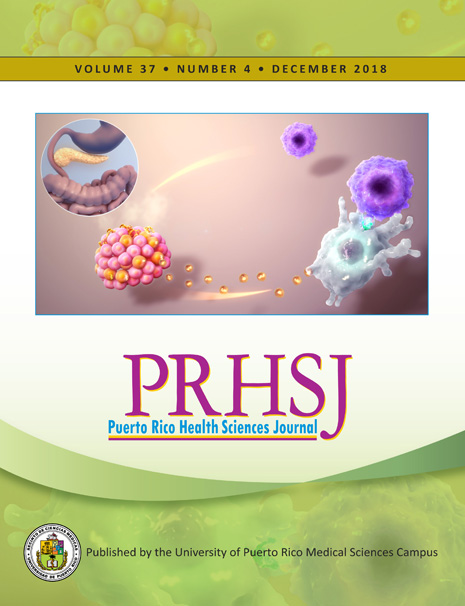Abstract
Objective: Breast asymmetries have a high prevalence among women requesting breast augmentation. However, the prevalence of breast asymmetries in women undergoing other types of breast surgeries is not known. Methods: The breast measurements of consecutively women evaluated for plastic surgery of the breast, but without prior breast surgery, were prospectively recorded in a plastic surgery database. They were classified into three groups according to the presenting breast problem: hypoplastic breasts, macromastia, and ptotic breasts. Comparisons were made between the right and left side of each patient regarding the symmetry of the nipple-areola complex (size and position), breast mound, and chest wall. Results: The breast measurements of 304 women were analyzed. The mean age was 35 ± 12 years. The study population was distributed in the following manner: 126 hypoplastic breast cases, 100 macromastia cases, and 78 ptotic breast cases. Asymmetry of the position of the nipple-areola complex was found in 54%, 59%, and 56% of the groups, respectively. Asymmetry of the breast mound volume was found in 41%, 47%, and 44% of the groups. Asymmetry of the chest wall was present in 12%, 11%, and 10% of the groups, respectively. Overall, we found that 91% of the cases had at least one type of breast asymmetry. Prevalence of asymmetry was not different (p>0.05) among the groups, but the magnitude was larger in macromastia. Conclusion: Breast asymmetries were detected in the majority of women and the prevalence was similar across the different groups, however the magnitude was greater in hypertrophic breasts.
Authors who publish with this journal agree to the following terms:
a. Authors retain copyright and grant the journal right of first publication with the work simultaneously licensed under a Creative Commons Attribution License that allows others to share the work with an acknowledgement of the work's authorship and initial publication in this journal.
b. Authors are able to enter into separate, additional contractual arrangements for the non-exclusive distribution of the journal's published version of the work (e.g., post it to an institutional repository or publish it in a book), with an acknowledgement of its initial publication in this journal.
c. Authors are permitted and encouraged to post their work online (e.g., in institutional repositories or on their website) prior to and during the submission process, as it can lead to productive exchanges, as well as earlier and greater citation of published work (See The Effect of Open Access).
